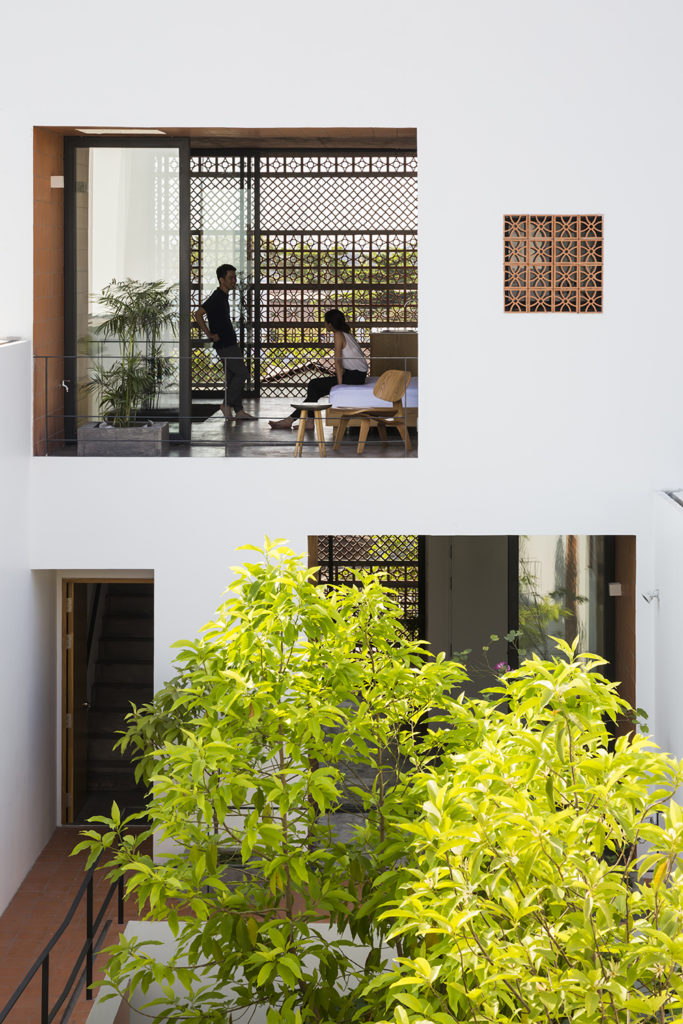Healthy Homes: The Importance of ‘Blank Spaces’
March 20, 2024
When it comes to the impact of architecture on health, it is clear that badly designed spaces—such as structures prone to weather damage; spaces with stagnant air circulation; poorly lit corners; or hot and stuffy rooms—have a negative impact on well-being.
It has long been observed that building-related illnesses (BRIs), most often occurring in workplaces and industrial buildings, can be directly attributed to a building’s management—for instance, airborne contaminants1 such as those from toxic materials as well as poorly maintained hygiene for the air-conditioning systems.
Even so, the global pandemic has reemphasised the relationship between architecture and health to a high degree. The general public has found out through the mandatory lockdowns and stay-at-home restrictions that there is a fine line between homes as a safe refuge and as centres of contamination—and that line is often determined by whether a building is well designed or not.
In this article, we present two examples of residences designed by SANUKI DAISUKE architects in Ho Chi Minh City, Vietnam’s most populous urban area.
These two projects showcase different contexts of living spaces—a landed house and a walk-up apartment—while demonstrating how well-being can be improved with less, not more, built-up spaces.

RELATED: Floating House in Thu Duc

RELATED: Apartment in Binh Thanh

[This is an excerpt. Subscribe to the digital edition or hardcopy to read the complete article.]
Read more stories from FuturArc 1Q 2024: Health/Wellness!

1 https://nepis.epa.gov/Exe/ZyNET.exe/94007SSB.TXT
2 https://buildingbiology.com/principles-of-building-biology/
To read the complete article, get your hardcopy at our online shop/newsstands/major bookstores; subscribe to FuturArc or download the FuturArc App to read the issues.


